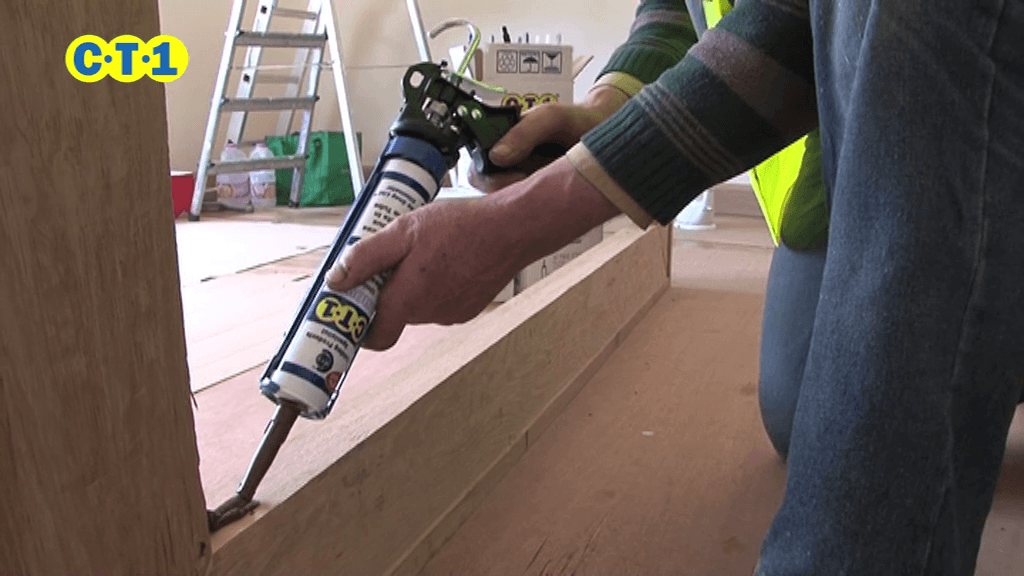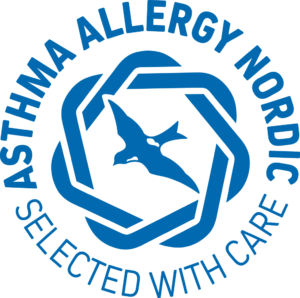
CT1 investigated and leads the way with a NAAF accreditation.
It’s a common problem and seems to be growing, the effects of mould and damp in your house has resulted in a growth of asthma and allergies in the home. One train of thought is the “hygiene hypothesis.” Which means that excessive cleaning is a trend in homes but leaves the area completely free from bacteria and young children are not prone to some bacteria which builds the immune system up.
Research also concludes that the reason for the increase in childhood asthma over the past few decades is a change in environmental exposures. The advent of modern housing has led to higher indoor temperatures and increased humidity, and combined with an increase in furnishings, the home environment is very vulnerable to high levels of allergens such as dust mites and moulds. (REF 1)
So, as we have progressed into keeping out air, keeping fuel expenses down and reducing need for oil, we have also in turn created an incubator for nasties to grow which cause allergies and asthma. Indeed a catch 22!
CT1 who seem to never sleep in research and development researched this problem, as indeed passive housing is now a requirement, CT1 were approached for testing in this area. CT1 is the most ecologically compliant sealant on the market, its unique Tribrid® polymer formulation with no solvents warranted the attention of NAAF (Norwegian Asthma and Allergy Association). The Norwegian Asthma and Allergy Association is the most stringent association in the world for testing products that REDUCE asthma and allergies in the home.
CT1 The UK’s NO 1 Sealant and Adhesive, passed that test and is the only sealant globally to have received this highly sought after and recognised accreditation. This means that CT1 is the healthiest choice for your home and family, which guarantees to reduce the risk of asthma attacks.
Arshad SH, Tariq SM, Matthews S, et al. Sensitization to common allergens and its association with allergic disorders at age 4 years: a whole population birth cohort study. Pediatrics. 2001;108:E33.[PubMed] [Google Scholar]


